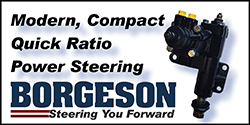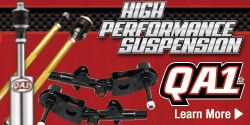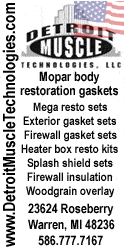The plug on the wall is supposed to be sized to match the wiring in the wall and the breaker at the other end. If your welder is rated at 30 Amps, and you plug it into, for example, your stove outlet, which is likely 50 Amps, you're fine because the wiring in the wall is over-rated for what you're doing with it.
If it's reversed, and you adapt a 50 Amp welder to run on a 30 Amp circuit, now you're overloading the circuit. The circuit breaker SHOULD protect you, but nothing in life is guaranteed. You run the risk of overheating the wiring in the wall, and that's....a bad day.
NOW, let's say some dork who doesn't get all this, that owned your house years ago decided he wanted to run HIS 50 Amp welder on HIS then-dryer 30 Amp circuit, so he swapped the breaker to a 50A so he didn't have to keep resetting that pesky-*** breaker while he was welding up the frame on his busted-*** Oldsmobuick, and he just swapped the cord on his welder so he could keep the missus off his nuts about needing to wash the dog hair out of her street-walking clothes, so then you're ROYALLY screwed if you use a 30 Amp plug to connect your 50 Amp welder to your 30 Amp dryer circuit with a 50 Amp breaker installed.
Like, really, don't do that. Unless you want to burn your house down. Oh, it's a rental? Still not OK.
Don't go swapping breakers to increase capacity. Children die because of that crap.
But your welder probably doesn't draw more than 22 Amps, which is what you want (75% of 30A). It's supposed to not exceed the circuit rating by more than 75% (and will probably say 30A on the case).
Pics help. We don't want this to get confusing.
Edited to Add: The REASON they change all the plugs all the time is SPECIFICALLY to keep you from doing stupid **** like the previous owner above.
















